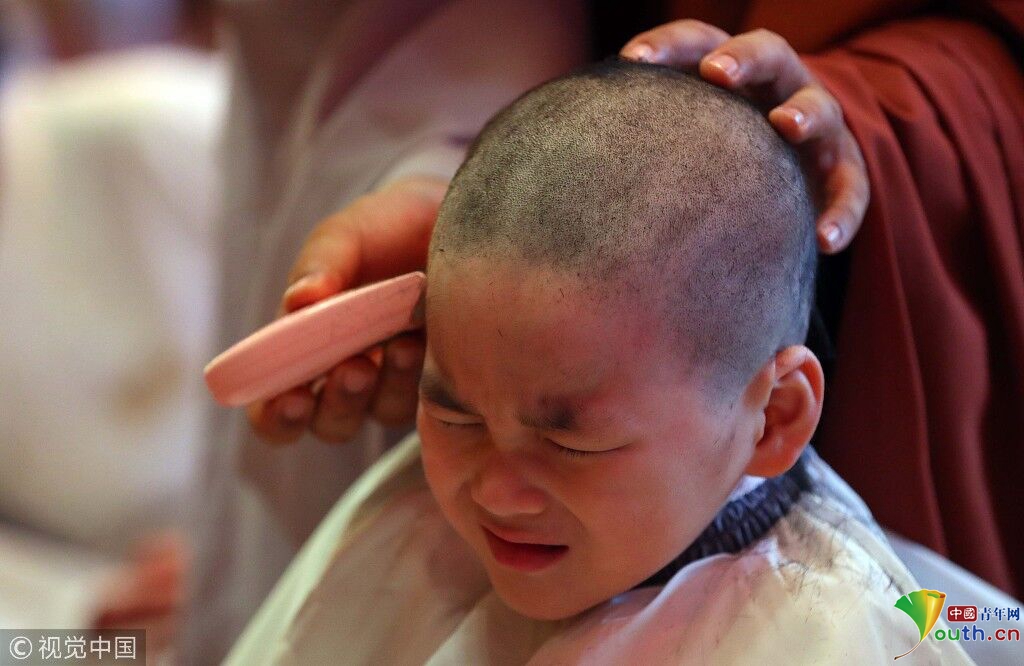The Real-Life Diet of a Mountain-Climbing National Geographic Photographer
Mountain climbing is like NASCAR, at least from the spectator’s point of view. There’s a great deal of technical expertise required to do both well, but the nuances go unappreciated by your average viewer. People usually only tune in when there's a disaster.
Cory Richards’ last attempt to climb a mountain wasn’t a disaster, but it also wasn’t successful. “We failed on a climb in Myanmar,” he says. “We were trying to measure the highest point in Southeast Asia and there are three disputed peaks in that zone. We were going to climb all three and couldn’t make it over one.”
Short on food after 41 days, the team called it quits. Richards, a mountaineer, National Geographic photographer, and the first American to scale an 8,000-foot peak in winter, is breezy with his f-bombs and no-nonsense about how shitty it is to get up and down a mountain.
“When you’re in that extreme survival environment, you have to eat whatever you can. People have experimented with eating onions and lard, that was an old Russian thing where they would just eat Crisco and onions at high altitude.”
“You take the whole trip and say, we’re going to be in Myanmar for two months, and of those two months we’re going to be in the jungle or on the mountain for X weeks, so that’s X number of days and we’ll be consuming X number of calories and this is what’s available for food there, so we’ll take this with us. It’s a really complex and exhausting process to figure out exactly the calorie count that we need.”
Even if you have enough food to make the trip, burning over 5,000 calories a day, there’s no way to make up that deficit with that much activity at that altitude. Eating that high up is difficult. Some textures become unappealing, your body is nauseated, and as you get higher your priorities shift from efficient, fueling food to anything that you can stand to eat. You lose intramuscular fat, then muscle, then finally subcutaneous fat. Most people come down from a successful mountain climb looking like they nearly died, or at least very skinny-fat.
Instagram contentThis content can also be viewed on the site it originates from.
Despite millennia of humans and mountains coexisting, we seem to have very little idea of how we’re actually supposed to eat when we’re in places that we have no sane reason to be in. According to Richards, a diet that works for one climber doesn’t always work for another, and every climber has to struggle to figure out what foods work for them. “When you’re in that extreme survival environment, you have to eat whatever you can. People have experimented with eating onions and lard, that was an old Russian thing where they would just eat Crisco and onions at high altitude.”
Richards relies on ramen, to the point that he calls his diet “college at high altitude.” He also tears through instant mashed potatoes (“I mix it in with the ramen, and it sounds disgusting but it’s fucking fantastic.”), but nothing legit dehydrated (“I can’t do any of that shit because it can’t totally rehydrate up there, so your body turns it into gas and you lose calories and gain discomfort.”)
All of this seems like a very long argument against mountaineering.
“It’s like any other sport where you want to push yourself as hard as you can—but in this case you are walking a very thin line between what your body can handle and what it can’t. You are in a place that is so inhospitable that you’re basically stealing time when you’re there. It reminds us of how finite we are.”
BreakfastRamen, tea, sports drink
While ClimbingClif shots, almonds, nut butter, Stinger waffles
DinnerRamen mixed with instant mashed potatoes
Luke Darby is a contributor to GQ, covering news, entertainment, and the environment. A Louisiana native, he now resides in Cleveland, and his writing has also appeared in Outside, the Dallas Observer, and Marie Claire.Related Stories for GQReal Life Diet
